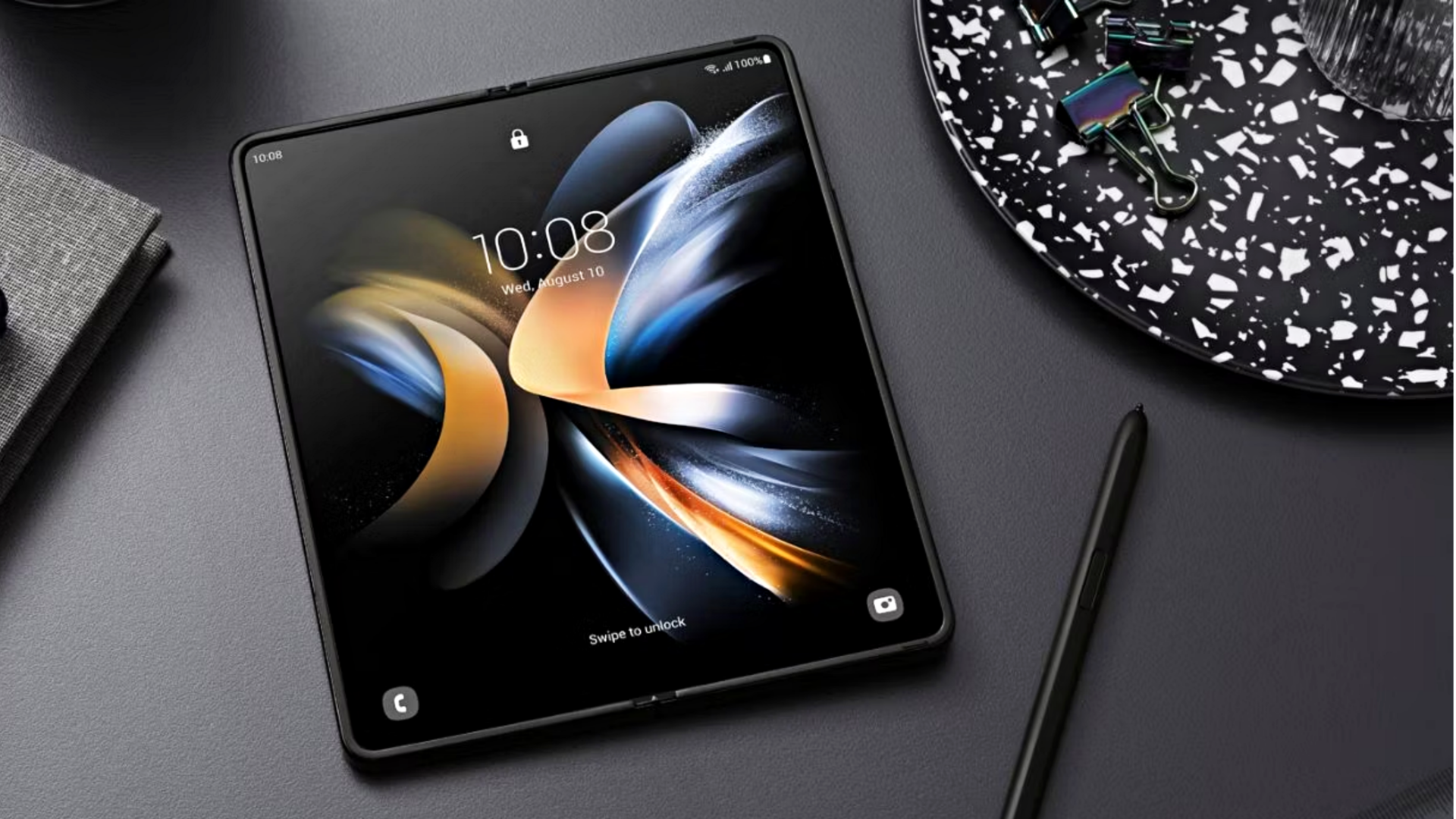
Why you should not buy a foldable phone just yet
What's the story
The foldable smartphone category is doing surprisingly well. Samsung is currently leading the market, but other Android manufacturers like OPPO, Motorola, and Huawei are also trying to catch up. However, despite all the innovation and the advantages of foldable phones, they still aren't recommended for the average user. At least, not yet. So here's why you shouldn't purchase a foldable phone in 2023.
Reason #1
Futuristic but fragile
Foldable phones bear a futuristic, flexible design and offer high-resolution displays. However, they aren't as durable as standard smartphones. This is due to their intricate hinge mechanism, which is vulnerable to breaking and the plastic screen demands careful use. In addition, a foldable phone may develop highly visible creases and bumps on the screen, even with mild usage, resulting in an unpleasant viewing experience.
Reason #2
Lack of industry-leading tech
The foldable phones have to often forgo industry-leading tech. This is due to their form factor and space restrictions. On a standard smartphone, you can find better zoom cameras, bigger batteries, a vapor cooling system, and a lot more. However, a foldable device must make compromises in all of these areas in order to maintain the device's dimensions as compact as possible.
Reason #3
They are not very practical to use
Foldable phones may boast an innovative design, but they often fall short in terms of practicality-be it gaming, quickly responding to notifications, single-handed usage, and more. Additionally, being on the bulkier side and requiring more storage space (in both folded and unfolded states), they aren't as pocket friendly as the sleek smartphones of today.
Reason #4
High cost of ownership and repairability
Foldable devices are still an expensive deal for any buyer despite their willingness to spend more for something trendy. In today's market, you will have to spend anywhere between Rs. 80,000 to Rs. 1,50,000 to grab one of the newer models. Additionally, the repair cost of a foldable device is very high as of now due to its intricate components.
Reason #5
Poor returns on an exchange
Since the demand is limited, the value of foldable phones depreciates rather rapidly. For instance, if trade a Fold4 for an S23 Ultra, Samsung will offer you nearly 50% of the price you paid. The components inside foldable phones become outdated very quickly and are difficult to be reused in newer models. Hence, they lose up to 60%-70% of their cost within a year.
Reason #6
You can get top-tier phones at a comparatively lesser price
Foldable phones are full of compromises like average battery life, fragile display, high repair costs, and more. Due to the movable parts, these devices experience more wear and tear, requiring users to upgrade to a new model much sooner. Furthermore, their expensive price tag makes them even less considerable, given you can buy some of the top-tier smartphones in that budget.